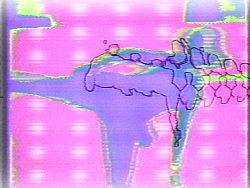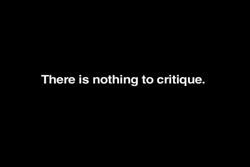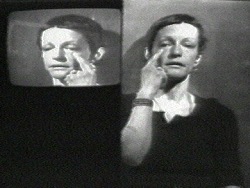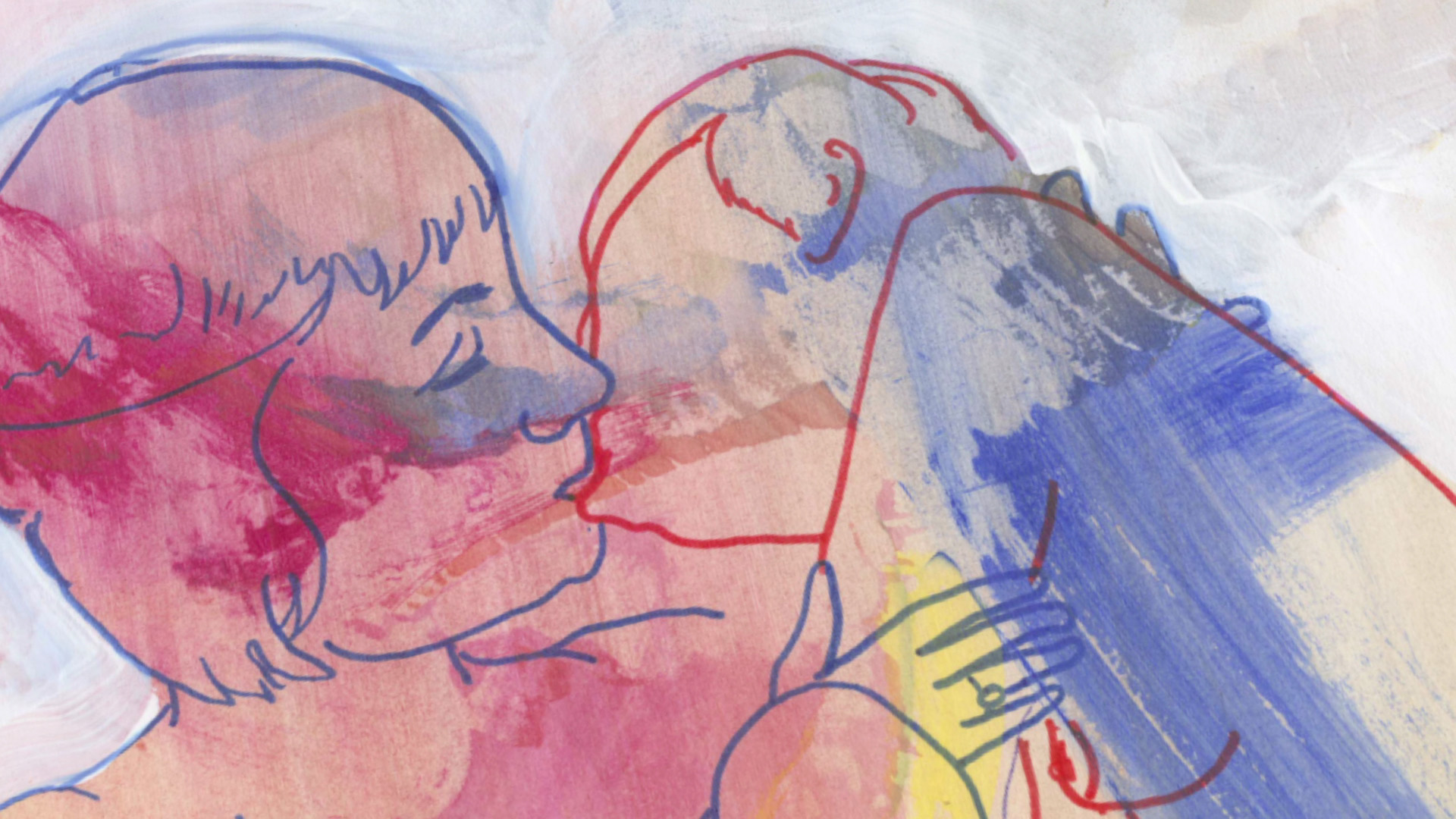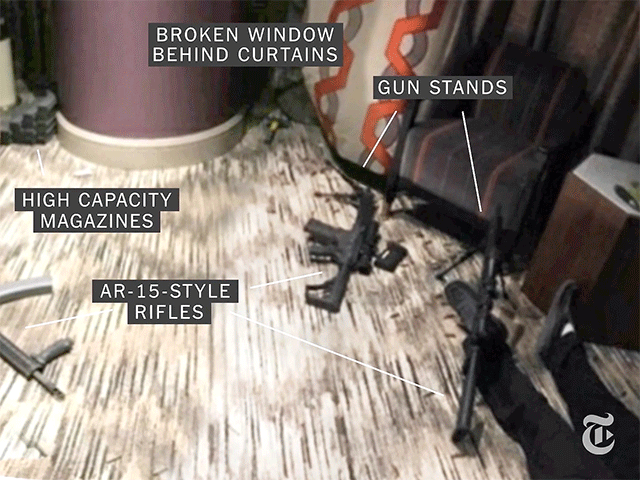Search Results
Search Results
Title Results
Your search returned 789 Titles
In this self-described "documentary-poem," Vicuña returns to the beaches of Concón, Chile – the birthplace of her artmaking, where the sea is dying and an ancient tradition is being wiped out. Concón – facing the tallest mountain in the Western Hemisphere, Aconcagua – is home to a cultural...
A visual poem performed in Concón, an ancient cultural site on the Chilean coast, where natural preserves are being destroyed by real estate expansion and oil refineries. Kon Kon Pi is a drawing in space, in sand and sea – sometimes made with a stick in sand, sometimes in lines of red wool...
Paik produced this exuberant, high-speed collage as a commission for the National Fine Arts Committee of the 1980 Olympic Winter Games. In a fractured explosion of densely layered movement and action, images of Olympic sports events are mixed with Paik's recurring visual and audio motifs: the...
In Landscape, a single illuminated hand positioned before the camera is transformed through its scale and deliberate movements into a sculptural landscape.
In Leaf of Life, Harris-Babou imagines an alternate reality where the tropes of wellness culture are disrupted by the healing potential of Black self-determination. The artist takes inspiration from conspiracy theories, diet gurus, and biblical quotes, among others. The video combines reflection on the legacy of Dr. Sebi, a Honduran health guru with a significant following of Black Americans, with DIY home cooking tutorial footage and interview-style conversation with the artist’s sister, who works as a nurse. The work combines fiction with personal and shared stories of loss and neglect in the US healthcare system.
leeds.talk.04 is an animated video text, presenting a series of pointed anecdotes about the vexed relationship between art criticism and art making in Britain and the U.S. during the 1960s and 70s. the video is based on an article titled "Leeds Talk" by Los Angeles art historian Andrew Perchuk. Its characters include noted figures like Clement Greenberg, Michael Fried, Charles Harrison, Rosalind Krauss, Artforum, October, and features important cameos by Morris Louis, Lynda Benglis, and the late sculptor David Smith (among others).
Writes Cokes, "leeds.talk.trailer is an animated text, a script of sorts. The video outlines selected issues framing a media / lecture performance by Tony Cokes and Andrew Perchuk...The text, edited from the collaborators' project notes, considers the vexed relationship between modernist art criticism and art making, and their reverberations up to the present. The text is sequenced in short phrases of white words on a black background."
In this early work, Jonas translates her performance strategies to video, applying the inherent properties of the medium to her investigations of the self and the body. Jonas performs in a direct, one-on-one confrontation with the viewer, using the immediacy and intimacy of video as conceptual...
Lesbian Whale ... is a video animation of Hammer’s early notebook drawings set to a sound track of commentary by the artist’s friends and peers.
"Made in collaboration with composer and artist Gryphon Rue, License modifies a video forensics report by The New York Times that reconstructs the October 2017 mass shooting in Las Vegas, the deadliest in U.S. history. John Cage’s infamous 1952 composition 4’ 33” (Four Minutes and Thirty-three Seconds) was the catalyst for our intervention. An emerging form of big data journalism, the audio and visual second-by-second account is organized by the shooter’s twelve bursts of gunfire. By erasing the intermittent voiceover that substantiates the timeline, silence punctuates the mayhem — mapped with intel gathered from cellphones, social media posts, police audio and bodycams — and allows the real of the carnage to resonate. Gambling, the gunman’s motive, the increasing body counts, and the structure of the Times report can all be correlated as a 'numbers game.' By underscoring this logic, License shows algorithms now occupy the place of the Name-of-the-Father, the guarantor of patriarchal institutions, e.g., law, family, church, state, markets." — Robert Buck


